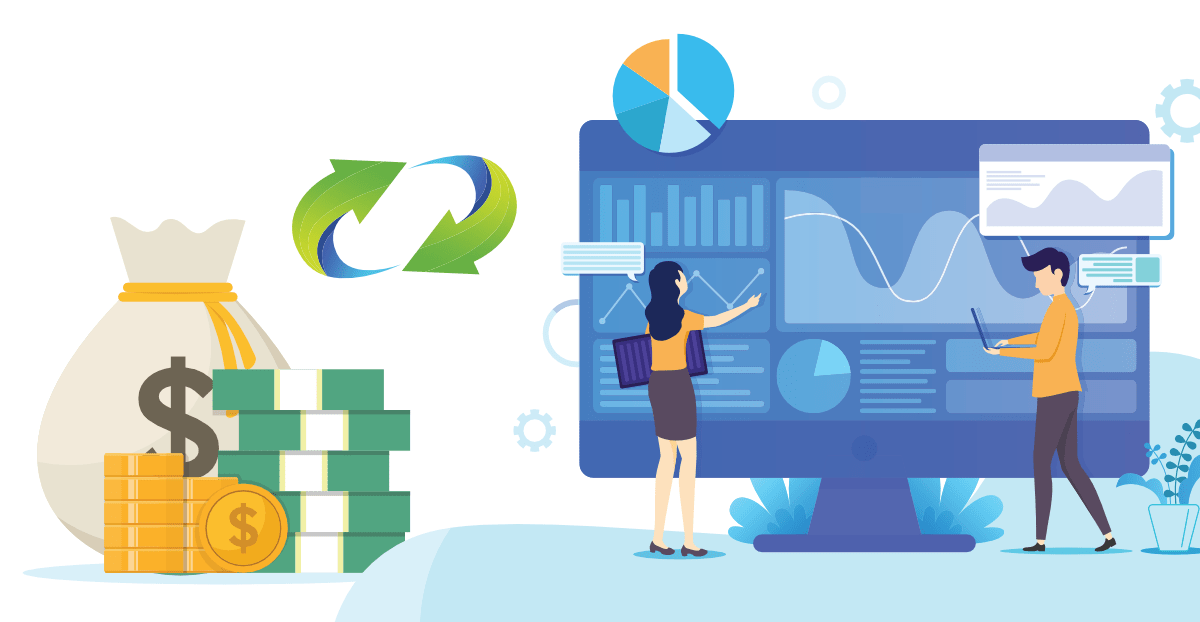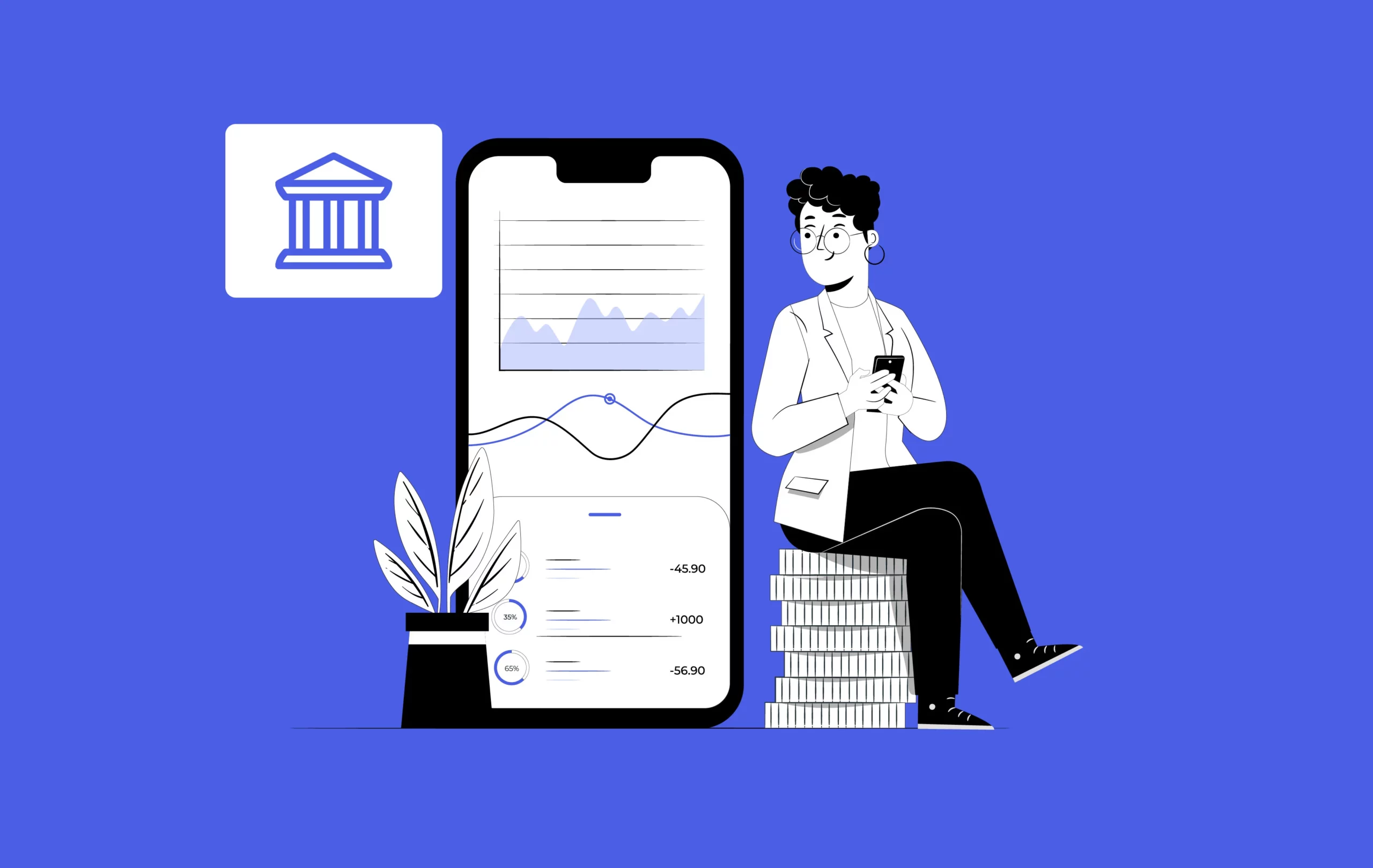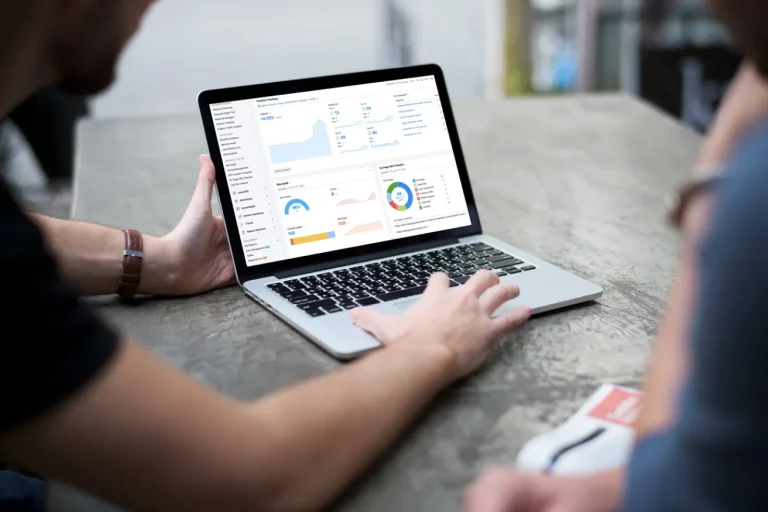The Ultimate Guide to Financial Software Development in 2024
The financial industry is experiencing a significant shift towards digitalization. At the heart of this change lies financial software development – the process of creating innovative applications that streamline financial processes, empower users, and unlock new opportunities. Whether you’re a business looking to build a custom solution or simply curious about this ever-evolving field, this guide provides a comprehensive overview of financial software development in 2024.
Why is Financial Software Development Important?
In today’s digital age, financial software development acts as the backbone of a smooth and efficient financial ecosystem, benefiting both businesses and consumers.
For businesses, financial software development translates into:
- Streamlined Operations and Reduced Costs: Automating tasks, managing data effectively, and offering self-service options through financial software frees up resources and cuts down on manual work, leading to significant cost savings.
- Enhanced Customer Engagement: User-friendly mobile and online banking platforms, investment apps, and other financial tools create a more convenient and engaging experience for customers, fostering loyalty and satisfaction.
- Data-Driven Decision Making: Financial software empowers businesses with rich data insights, enabling them to make informed decisions about product offerings, resource allocation, and risk management strategies.
- New Revenue Streams: Innovative financial software solutions like robo-advisors or mobile payment systems can open up entirely new revenue streams for businesses, propelling them ahead in the competitive landscape.
Consumers, on the other hand, benefit from:
- Convenient and Secure Access: Financial software allows for 24/7 access to accounts, facilitating transactions, bill payments, and investment management from anywhere, anytime. Robust security protocols ensure the safety of sensitive financial data.
- Personalized Financial Tools: Budgeting apps, investment platforms with customized recommendations, and credit management tools empower individuals to take control of their finances and make informed decisions based on their unique goals.
- Faster Transactions and Efficiency: Online payments, mobile wallets, and automated bill payments drastically reduce the time and effort involved in managing finances, leading to greater efficiency.
- Improved Financial Literacy: User-friendly financial software interfaces and educational resources embedded within the applications can enhance financial literacy, enabling consumers to make smarter financial choices.
By fostering a win-win situation for both businesses and consumers, financial software development plays a crucial role in shaping the future of finance.
Unveiling the Diverse Landscape of Financial Software
The financial software landscape is a diverse ecosystem teeming with specialized applications designed to address distinct needs. Here’s a closer look at some of the key players:
- Retail Banking Apps: These common mobile and online banking platforms are like an extra part of our wallets. They let us manage our accounts, move money, put in checks, and pay bills anytime, day or night, right from our phones or computers.
- Investment & Trading Platforms: Stock trading apps provide real-time market data and charts. Robo-advisors automate investment strategies. These platforms help people manage their finances better. They cater to all types of investors, whether experienced or new. You can choose the platform that suits your level of involvement and risk tolerance.
- Loan & Credit Management Software: This software makes applying for loans easier for both lenders and borrowers. It handles everything from starting the loan to checking credit scores and setting up repayment plans. These features guarantee a hassle-free experience for everyone. Plus, it saves time and effort.
- Accounting & Enterprise Resource Planning (ERP) Software: Businesses, both big and small, use ERP software to handle their finances. This software does more than just basic accounting; it also combines features like managing inventory, CRM, and HRM. This gives a complete picture of the company’s financial status.
- Payment Processing Systems: Payment processing systems, which are invisible but essential, make sure online and offline transactions happen smoothly. They ensure money moves securely and quickly. These systems are crucial for e-commerce. They help with safe credit card and debit card transactions, as well as contactless payments using mobile wallets.
Building Secure and User-Centric Financial Software
In the realm of financial software, security and user experience go hand-in-hand. Here’s a breakdown of the key features that form the bedrock of successful financial applications:
- Fort Knox-Level Security: Financial information is really important, so we need strong security to keep it safe. To do this, we use things like encryption and multi-factor authentication. We also follow strict rules like PCI DSS.
- Intuitive Interface: A User’s Delight: Imagine navigating a financial app that feels as intuitive as your favorite social media platform. Easy navigation, clear instructions, and a user-friendly design are crucial for fostering user adoption and trust. People shouldn’t need a degree in finance to use your software effectively.
- Scalability for Growth: As more people use your software and more transactions happen, it’s important that your financial software can handle it all smoothly. Having a scalable design means the software can adjust and work well without slowing down or crashing.
- Bridging the App Gap: Seamless Integration: Financial software should not be isolated. Instead, it should connect with other apps and services like accounting or budgeting tools. This helps create a complete financial system, making it easier for users to handle their money.
- Data-Driven Decisions: Financial software should give users access to data. Tools for reporting and analysis should show clear visuals and useful insights. This helps people, whether they’re managing personal finances or overseeing business performance, make smart choices.
Demystifying the Financial Software Development Process
Transforming a brilliant financial software idea into a secure and user-friendly application requires a well-defined development process. Here’s a breakdown of the key stages involved:
1. Planning & Requirement Gathering: Laying the Foundation
The groundwork for any successful financial software project begins with meticulous planning. This initial phase involves:
- Defining Project Goals: What problem are you solving, or what opportunity are you capitalizing on? Clearly outlining the project’s objectives ensures everyone is on the same page.
- Identifying Target Users: Who is this software for? Understanding your target audience’s needs, preferences, and technical savviness is crucial for designing a user-centric experience.
- Outlining Functionalities: What features will your software offer? Here, you’ll meticulously map out the functionalities that will bring your vision to life.
2. User Interface (UI) & User Experience (UX) Design: Designing for Delight
First impressions matter. This phase focuses on crafting an intuitive and user-friendly interface (UI) that is visually appealing and fosters trust. User experience (UX) design goes beyond aesthetics, ensuring a smooth and efficient user journey throughout the application.
3. Software Development & Programming: Building the Engine
With a clear blueprint in hand, skilled developers translate the design into a functional software application. They will select the appropriate programming languages best suited for the project’s needs and functionalities.
4. Testing & Quality Assurance (QA): Ensuring Impeccability
Rigorous testing is paramount. The QA (Quality Assurance) team meticulously examines the software to identify and eliminate bugs, ensuring it functions as intended and adheres to the highest security standards.
5. Deployment & Maintenance: A Continuous Journey
The software is launched, and users can finally experience the culmination of all your efforts! But the journey doesn’t end there. Ongoing maintenance ensures smooth operation, regular updates introduce new features and functionalities, and security patches address any potential vulnerabilities. This ensures your financial software remains robust and continues to meet user needs over time.
The Technological Backbone of Financial Software
The world of financial software development is driven by innovation. Here’s a glimpse into the key technologies forming the backbone of these sophisticated applications:
- Programming Languages: Programming languages are like bricks and mortar for financial software. They give it structure. Some popular ones are Java, known for being strong and scalable. Python is another choice, liked for its readability and user-friendliness. Then there’s C++, good for high-performance tasks.
- Cloud Computing & APIs: Cloud-based solutions have many advantages. Firstly, they allow for easy adjustment of computing resources based on demand, ensuring smooth operation when usage peaks. Moreover, APIs serve as digital connectors, allowing smooth integration with other services and financial data sources, which strengthens the financial ecosystem.
- AI & ML: AI and ML are changing finance. They help detect fraud and give personalized investment advice. This makes financial software smarter, so people can make better choices.
- Blockchain: Blockchain technology, with its core principles of decentralization and security, holds immense potential for the future of finance. It offers the possibility of secure and transparent financial transactions, paving the way for innovations in digital payments, asset management, and even cross-border transactions.
A Glimpse into the Future of Financial Software Development
The financial software development landscape is on the cusp of a transformative era. Buckle up and get ready for a glimpse into the exciting possibilities that lie ahead:
- Open Banking Ushers in Innovation: Open banking, which allows secure data sharing between financial institutions and third-party providers, is dismantling traditional barriers. This fosters a more dynamic ecosystem where innovative financial products and services can flourish. Imagine a world where you can seamlessly manage your finances across different institutions through a single, user-friendly platform. Open banking paves the way for this future.
- AI-Powered Finance: A Personalized Journey: Get ready for financial tools that feel as personal as your closest confidant. Artificial intelligence (AI) will revolutionize user experiences by personalizing financial recommendations, automating repetitive tasks, and even offering predictive insights to help users make informed decisions about their finances.
However, the road to the future isn’t without its challenges:
- Keeping Pace with Regulation: As technology evolves at breakneck speed, regulatory landscapes need to adapt to ensure financial stability and consumer protection. Collaboration between financial institutions, technology providers, and regulatory bodies will be crucial in navigating this ever-changing environment.
- Cybersecurity: An Ongoing Vigilance: The ever-present threat of cyberattacks necessitates unwavering vigilance. Financial software developers will need to continuously implement advanced security measures and stay ahead of emerging threats to safeguard sensitive financial data.
By embracing these trends and overcoming the challenges, financial software development has the potential to revolutionize the way we manage money, creating a more secure, personalized, and efficient financial future for all.
Conclusion
The world of financial software development is brimming with opportunities to revolutionize how we manage money. By understanding the key features, development process, and emerging trends, you can harness the power of technology to create secure and user-friendly financial tools.
OnextDigital is your one-stop shop for crafting innovative financial software solutions. We offer a comprehensive suite of services, including Web Development Services and UX/UI Design Services. Ready to transform your financial software vision into reality? Contact us today for a free consultation and discover how our expertise can empower your financial software development journey.








